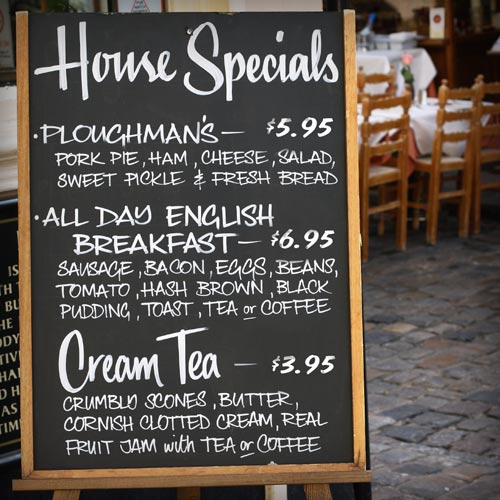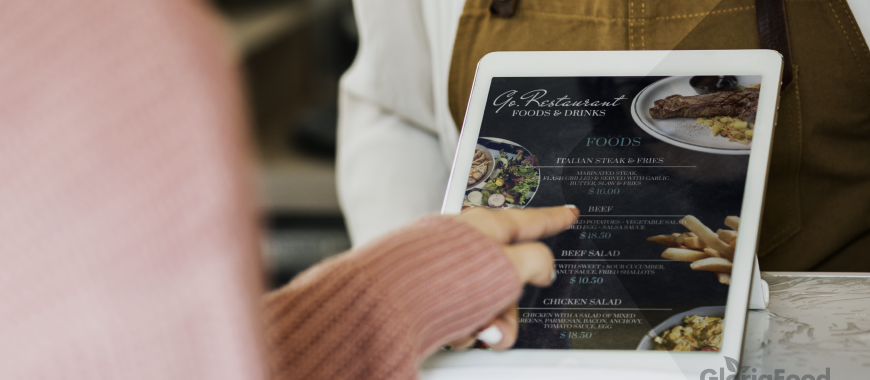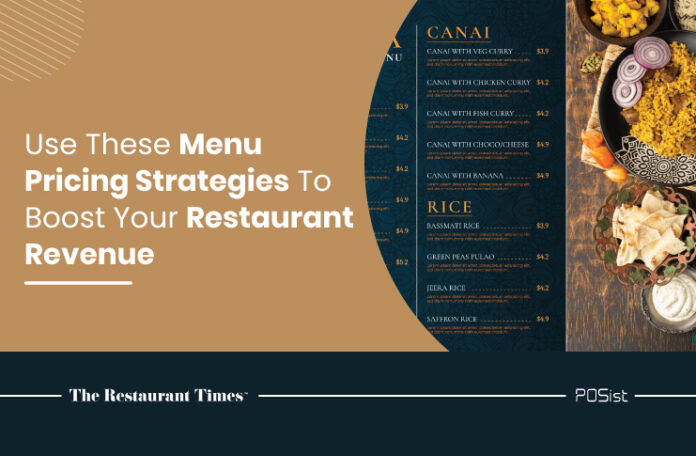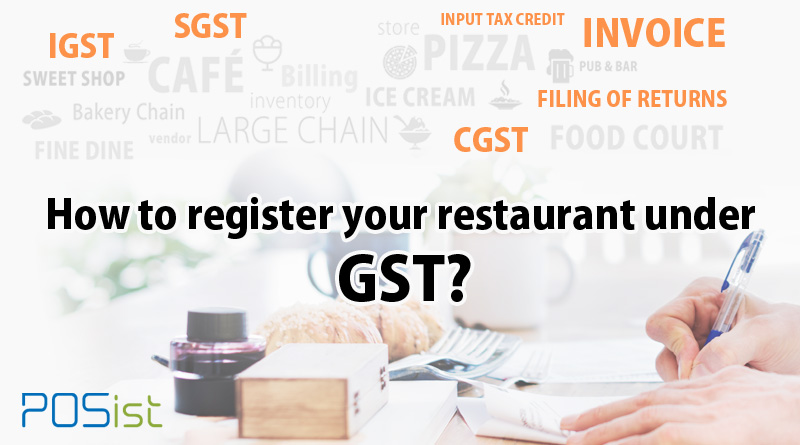As a restaurant owner, you know the restaurant industry is not always easy to get into and profit from. You need to carefully price your restaurant menu to make it to the top and earn as much as possible. While it’s understandable that you want to make a profit, being overly aggressive with your menu pricing can drive the customer away. While on the other hand, being overly timid, can cost you precious revenues. It is about the right balance when applying your pricing strategies.
Most aspiring restaurateurs believe that pricing a menu does not need a thorough grasp of costs and instead relies on gut instinct, approximation, and intuition. This explains poor menu management which results in lower revenue.
Menu pricing is one of the most ignored aspects of restaurant management. It does not matter how good your concept or cuisine is if your customers don’t think your menu pricing is reasonable. You should always try to find the sweet spot in your pricing range which falls somewhere between the lowest price you are prepared to sell for and the highest price your consumer is willing to pay.
However, these are not the only factors to keep in mind. You should also keep an eye on overheads such as staff salaries, inflation, seasonal availability and wholesale price variations. Consider what your consumers like, dislike, or think is missing from your menu. After all, it’s pointless to agonize over how to price an item that no one would want to purchase. It is here that your staff could be a tremendous asset for this discovery process.
4 Stellar Ideas For Efficient Menu Pricing
Here is how you can boost your revenue with the right menu pricing strategies.
1. Menu Pricing According To The Concept
It is critical to run daily or weekly specials that allow you to amaze your consumers to survive and profit in an already saturated business. Your niche is a cuisine, style of food, or idea in which you specialize and which helps you differentiate yourself from the crowd.
When you are pricing your menu, take into account the concept you have built your restaurant around. This means that a premium restaurant will have to raise its rates due to greater overheads and the necessity to cover a lot of areas to generate a fair profit. Try and incorporate as many new and unique dishes into your menu and price them higher than your normal day-to-day dishes. It can be something unique that makes it tempting and distinguishes you from other restaurants providing the same cuisine and customers will be willing to pay more.

2. Market Research
Each restaurant has its own set of food costs, as well as its own set of operating expenditures. Make sure you research the market and adopt the simplest pricing techniques in that area. It’s crucial to remember that providing value is more than just a matter of pricing. It can be determined by the service you provide, the ambience, and the food presentation.
Visit comparable restaurants in the region and assess their price for the meals you wish to include on your own menu. You can average the cost of a dish to observe how they have pushed up their rates. Although it is essential that you produce something unique and not offer exactly what the competition does, consider how customers will interpret your rates. This is known as value-based pricing, where the menu is priced according to what customers were likely to consider a reasonable price.
You want to pick the proper menu pricing strategy for your unique audience based on your customer base. The following are a few pricing schemes for restaurant menus:
(i) Promotion-based
Try and highlight the best dishes that you have to offer. Most people want to try their best meals on the menu and this could be your way to create a buzz.
(ii) Upscale With Minimalist Menus
Make your menus minimalist with no currency signs. In 2009, one study showed that customers spent around 8.15% less when they saw a currency sign on the menu.
(iii) Provide More Information About The Food
People tend to order more when the menu is attractive and goes with the concept of the restaurant. The purpose of descriptions is to make menu items appear more appealing. Customers will receive a clear concept of how the food has been prepared, its origins, etc. if you write about the ingredients and cooking techniques but try to keep it within 30-50 words.
3. Cost Your Menu
Knowing the food cost percentage for each of your menu items is a fantastic place to start if you want to keep the money flowing in and overcome razor-thin margins. Design your menu based on data-backed insights from your restaurant POS system which can make things easier. A good POS system can do wonders when analyzing historical trends for certain items, any profits or losses that may have occurred while also telling you how to upscale the menu price.
There is a general formula that works well for determining food cost:
Food Cost Percentage = (Beginning Inventory + Purchases – Ending Inventory) ÷ Food Sales
A food cost calculator can save you the hassle of manually pricing your menu using spreadsheets. Things like calculating the proportion of food cost for each menu item, figuring out how much each component costs per pound and/or cup can become much easier with a food cost calculator. You will also find it much simpler to play the menu price game once you understand your food expenses.

4. Triple Pricing
This is another pricing method used by restaurants and a variety of other companies. On the menu, there is a ‘good’ item that is usually the cheapest. There’s also a middle-priced item that’s the ‘better’ option. The ‘best thing is also the most costly.
For example, in a fast-food restaurant, a good item can be only a hamburger, a better item might be a hamburger, fries, and salad, and the best choice would be all three plus a big coke and dessert. This way you can profit more and also provide more to your customers. A three-tier pricing model is a smart idea. After all, sometimes people want to spend more and have a larger meal than usual.
In the restaurant industry, these are the most regularly used pricing techniques. While there is no magic recipe for getting the pricing right, frequent menu analysis can help you find the sweet spot between consumer favourites and high-profit products.
Furthermore, you must also leverage customer feedback through surveys and feedback forms to learn what your consumers appreciate. This also draws attention to items that have little or no demand.
Other factors to consider include your brand, market circumstances, overhead, personnel, and guests. At the end of the day, it will be your customers who will provide you with feedback on your menu pricing.

















